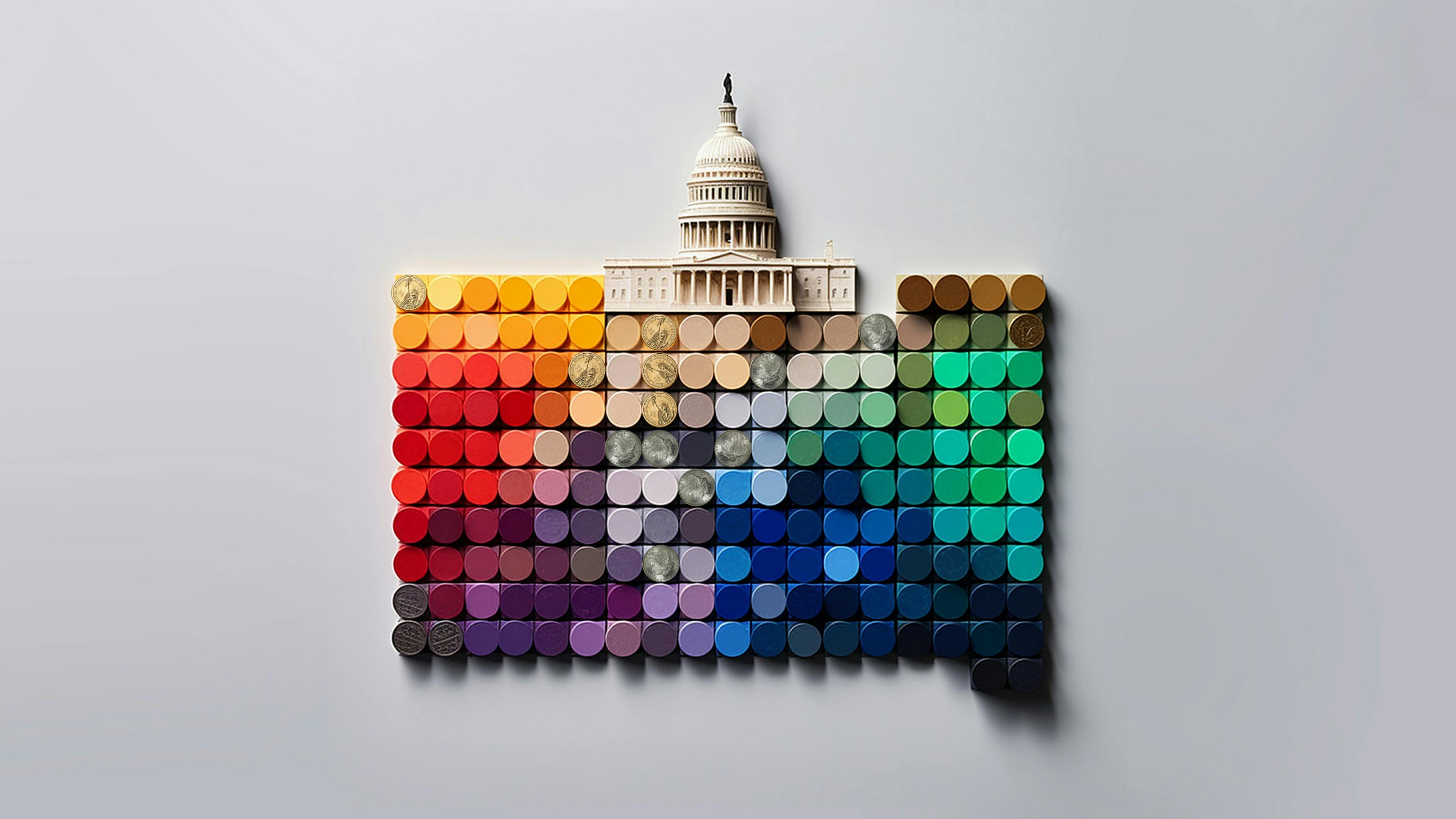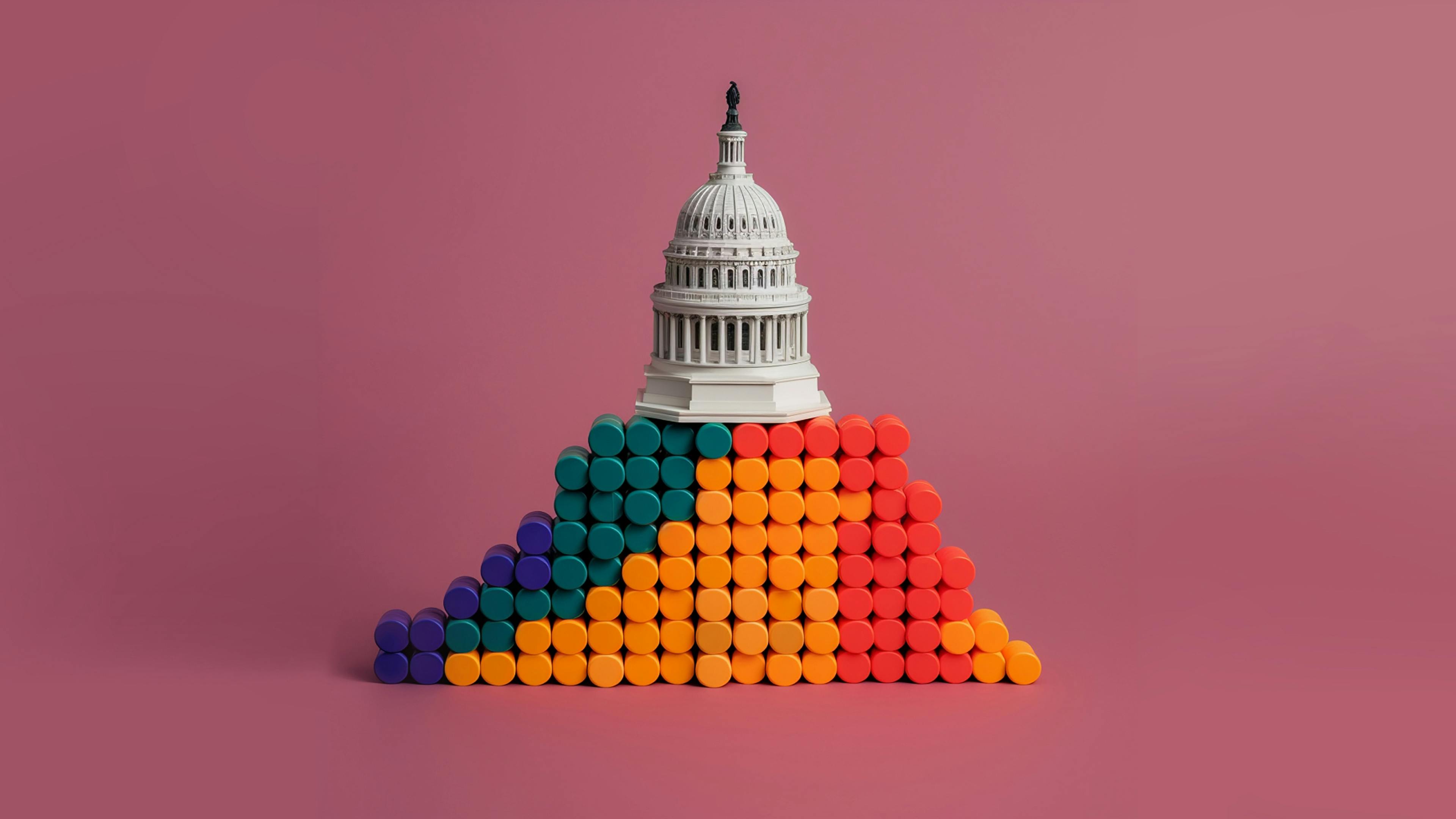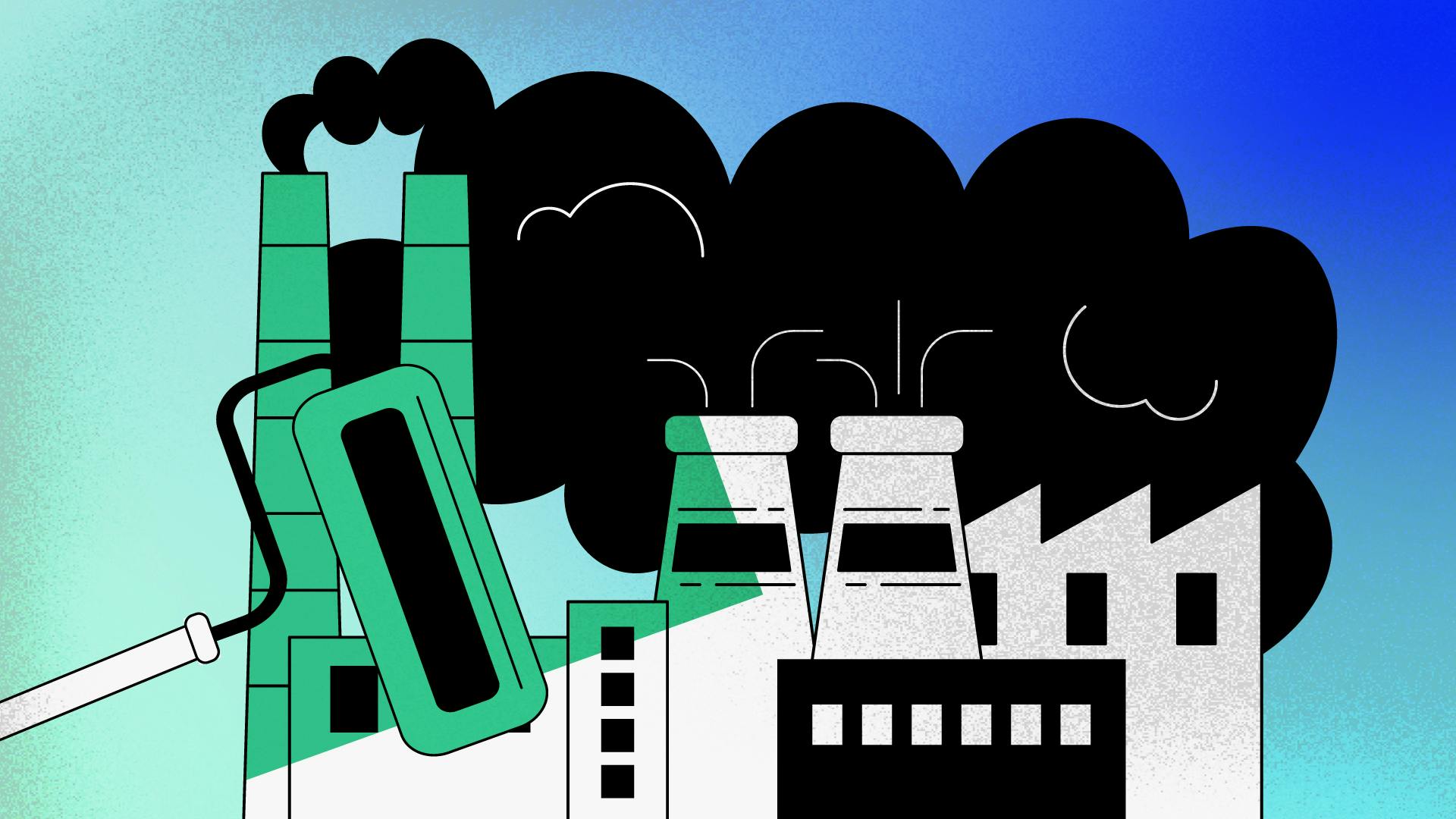Table of contents
Share
Partner with us to unlock global funding opportunities, strategize effectively, and make a significant impact on a global scale.
Connect with our teamRecent History of Legislative Action
From 2018 to 2021, the United States Congress passed several pieces of legislation related to international development funding. On October 5th 2018, the BUILD Act was signed into law, which established a new development finance institution called the U.S. International Development Finance Corporation (DFC), with expanded authorities and resources to support private sector-led development projects in lower and middleincome countries.
In 2019, Congress passed the Global Fragility Act, which aimed to prevent conflict and promote stability in fragile states, and the Women’s Entrepreneurship and Economic Empowerment Act, which focused on advancing women’s economic participation and addressing gender-related barriers to economic growth.
In 2020, Congress passed the Global Health Security Act, which authorized funding for programs to prevent, detect, and respond to global health threats, and the Women, Peace, and Security Act, which prioritized the inclusion of women in peacebuilding and conflict resolution efforts.
Finally, in 2021, Congress passed the Global Child Thrive Act, which seeks to promote early childhood development and support programs that address the unique needs of children in crisis and conflict situations.
For the most part, the United States Congress showed continued and increasing support for international development efforts– even in the face of a fairly hostile Trump administration. Given that international development funding is not a top priority for Republican voters, the Trump administration was not compelled to apply heat to the issue and opted to spend their political capital elsewhere.

Recent History of Administration Action
From 2018 to 2021, the U.S. government took several executive and administrative actions related to international development funding. In 2018, the Trump administration proposed significant cuts to foreign aid funding in its budget, although Congress ultimately rejected these proposals and maintained funding levels.
In 2019, the Trump administration created the U.S. International Development Finance Corporation (DFC) through executive order, as part of the implementation of the BUILD Act passed by Congress in 2018. The DFC is a new development finance institution that supports private sector-led development projects in lower and middle-income countries.
Also in 2019, the Trump administration implemented a “Mexico City Policy” that prohibits U.S. foreign aid from being used to provide or promote abortion services, which has been a controversial policy that has been alternately repealed and reinstated by different administrations over the years.
In 2020, the Trump administration faced criticism for withholding funding from the World Health Organization (WHO) during the COVID-19 pandemic, citing concerns about the organization’s handling of the crisis. In addition, the administration proposed further cuts to foreign aid funding in its budget for that year, but these were also largely rejected by Congress.
In 2021, the Biden administration announced a significant increase in funding for global health and development programs, including $11 billion in funding for global health security initiatives to prevent and respond to pandemics. The administration has also moved to repeal the Mexico City Policy and restore funding to the WHO.
In contrast to the legislative actions in the 115th Congress, the administrative actions under Trump were primarily focused on reducing our support for international development and the international community in general. The administration’s foreign policy was more akin to the isolationism movements of the early 20th century than any modern administration. That being said, as long as there was a counterbalance in the Congress, the support for international development funding would continue to flow.

Legislative Outlook
The legislative outlook for congressional action on international development funding is uncertain and depends on a variety of political and budgetary factors.
In recent years, there has been some bipartisan support in Congress for maintaining or even increasing funding for international development programs, as demonstrated by the passage of key legislation such as the BUILD Act, the Global Fragility Act, and the Global Child Thrive Act.
However, Congress must also contend with broader budget constraints and competing priorities, as well as political differences over the appropriate role and scope of U.S. foreign aid. In addition, the ongoing COVID-19 pandemic and related economic challenges may further complicate efforts to allocate resources towards international development.
With a GOP controlled House and Democratic Senate, the likelihood of major increases in funding is quite small. There will be very little legislating at all, much less budgetary increases. That being said, there is a very low probability of budgetary decreases as well. A divided Congress will almost certainly lead to last minute Continuing Resolutions that maintain current spending levels.

Admin Outlook
The outlook for administrative action and support for international development funding appears to be positive under the Biden administration.
President Biden has pledged to prioritize global development and aid as part of his foreign policy agenda, and his administration has taken a number of steps to increase funding and support for international development programs.
In his first budget proposal, President Biden requested a significant increase in funding for global development and humanitarian programs, including funding for global health security, food security, and gender equality initiatives.
The Biden administration has also taken steps to reverse some of the previous administration’s policies that were seen as detrimental to international development efforts, such as the repeal of the Mexico City Policy and the restoration of funding to the World Health Organization. In addition, the Biden administration has emphasized the importance of multilateral cooperation and partnerships to address global challenges, including through the United Nations and other international organizations.
The Biden administration has made a complete 180 from the Trump administration’s “American Isolationism” stance. This administration is engaged in the international community and that includes its support for international development efforts. While the new GOP controlled House will attempt to reduce international development funding, the Senate will block these efforts and the Biden administration will act as a final backstop. Another aspect of the administrative support for this funding is its focus on countering China in the international markets.

The 2023 Debt Ceiling Deal
The previous outlook has essentially held true! The president and the speaker have arrived at a deal that will cap spending for two years, cut IRS funding, increase defense spending and increase work requirements for SNAP (food welfare) benefits. While this was a compromise between forces that wanted to expand the budget and those who wanted to reduce spending, the major takeaway is that nothing related to international development funding has been touched. The spending will remain at current levels for the next 24 months.
Let’s delve into the recent deal struck between the president and the speaker, which promises to keep spending unchanged for the next two years. Get ready for a rollercoaster ride of budget cuts, defense spending increases, and work requirements for SNAP benefits, with international development funding left untouched in this never-ending cycle of political maneuvering.
It all began with a compromise between the forces pushing for expanded budgets and those advocating for spending reductions. The result? A deal that leaves international development funding stuck in limbo, maintaining the status quo for the next 24 months. While some may celebrate the lack of cuts, others may bemoan the absence of progress. Either way, the outcome is clear: no significant changes in funding for international development initiatives.
As the dust settles on this decision, it’s crucial to understand the implications. The frozen funding levels reflect a broader trend of indecisiveness and a failure to prioritize international development efforts. While other sectors may see their budgets fluctuate or face the chopping block, international development remains locked in a state of perpetual sameness.
For those hoping to see increased investment in international development programs, this deal falls short of their expectations. The stagnant funding landscape offers little room for growth or innovation, leaving vital initiatives to continue their work with limited resources. It’s a frustrating reality, with potential projects left unrealized and communities around the world facing ongoing challenges without the necessary support.
On the flip side, proponents of fiscal responsibility and spending reduction may find solace in the decision to maintain current funding levels. For them, it’s a small victory in an ever-growing sea of government spending. However, it’s important to question whether this victory comes at the expense of long-term global progress and the well-being of those in need.

What does this mean?
As we navigate these uncharted waters, it’s essential to recognize the potential consequences of this stalemate. Without increased investment, international development programs may struggle to meet the ever-growing demands of a rapidly changing world. The absence of funding growth hinders the ability to address global challenges, such as poverty, inequality, and climate change, with the urgency and scale they require.
The two-year timeline set by this deal adds another layer of uncertainty to an already precarious situation. While the world evolves and new crises emerge, international development funding remains in a state of suspended animation. The clock is ticking, and the need for decisive action becomes more apparent with each passing day.
The recent deal between the president and the speaker has cemented the status quo for international development funding. It’s a tale of missed opportunities, dashed hopes, and a lack of long-term vision. As we brace ourselves for the next two years, we must reflect on the consequences of this decision and advocate for a renewed commitment to international development. The world is counting on us to break free from this never-ending cycle and forge a path towards a brighter, more prosperous future for all.



